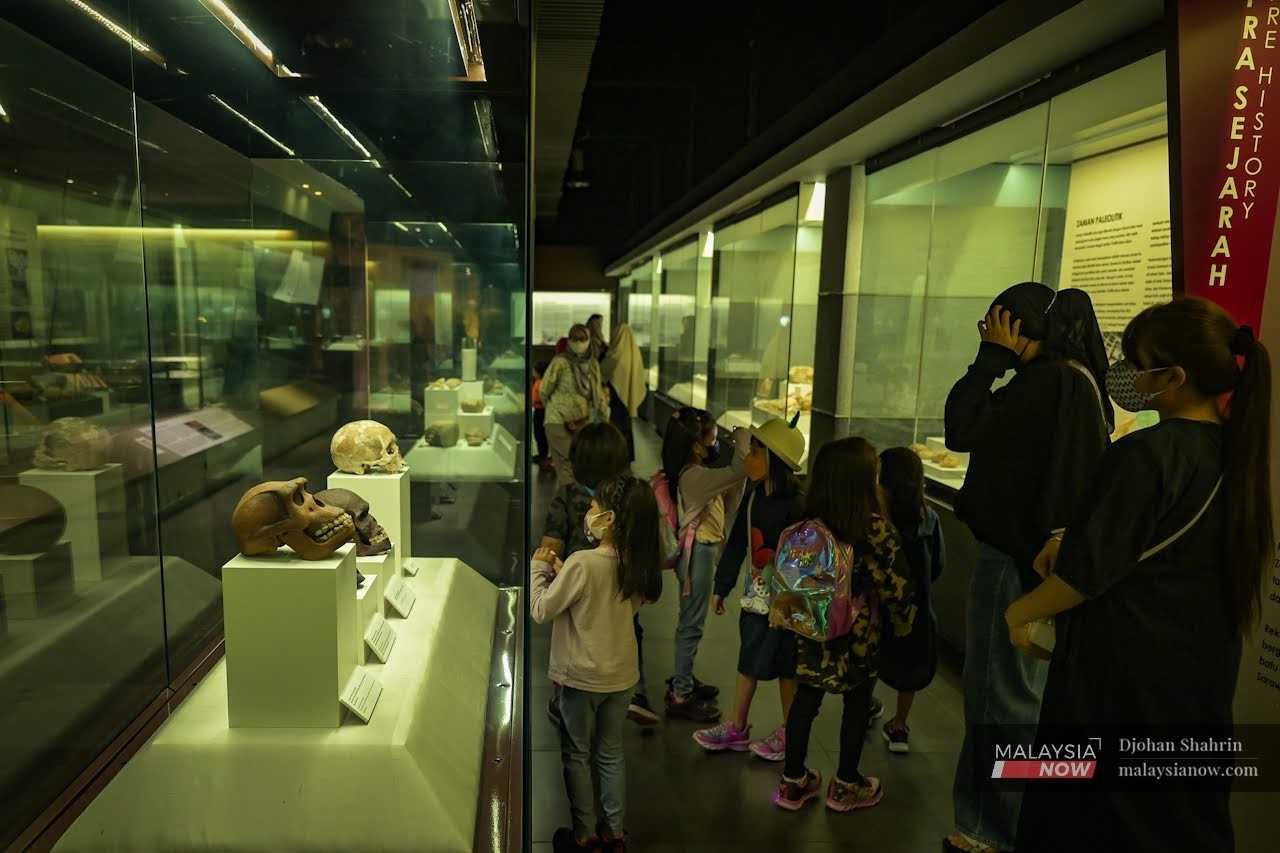Bringing Malaysia's museums out from the past
A historian says a new narrative is needed to help educate Malaysians about their country.
Just In
At Muzium Negara in Jalan Damansara, Kuala Lumpur, the parking lot begins to fill even before the museum opens to the public at 10am.
Families emerge from their cars and the line at the ticket counter slowly grows as parents queue to pay for entrance for them and their children.
Inside, there is a quiet hum of voices as visitors discuss the exhibitions on display.
Some explain the life of prehistoric humans to their children while here and there, a toddler cries in fright at the figures encased in glass.
For many families, the visit to the museum is a new experience. For others, though, the exhibitions are a familiar sight.

"It's all the same as when I came here eight years ago," a man tells his two granddaughters. "There's nothing new."
His disappointment continues as they make their way to the gallery devoted to the colonial era.
"This is the story of the colonial ships, not our own people," he says.
There are about 128 museums and galleries throughout the country under the Department of Museums Malaysia, mostly in Kuala Lumpur, Melaka and Kedah.
Together, they tell the story of prehistoric and early civilisation, the colonial era, independence and post-independence in Malaysia.
They also cover cultural aspects such as art, food and Malaysian traditions.
But despite the weekend crowds at the national museum, the extent to which such institutions help Malaysians appreciate the country's history remains in question.
Past glories
Muzium Negara in the capital city of Kuala Lumpur was officially opened on Aug 31, 1963.
Patterned after the design of classic Malay palaces, it was once a tremendous tourist draw for both local and international visitors.

At that time, curators were also active in organising unique exhibitions to showcase distinctive collections of art.
This, according to historian Ahmad Murad Merican, is part of the role of museums to educate civil society about history and culture.
Murad, of the International Institute of Islamic Thought and Civilization, said museums are not just for displaying historical artefacts like textbooks and history books.
On the contrary, he said, the narrative they present must be appropriate and in line with the memories of a particular society.
"One of the shortcomings of museums in Malaysia is that the descriptions provided are not accurate," he said.
"Sometimes the language is incorrect, and sometimes there is no description at all.
"Museums are not just exhibition halls – they are alternative channels for the community to study history, events and ideas about a community and a country as a whole."
Such efforts need not be limited to inanimate objects and paintings, he added. Museums can also utilise a variety of media to tap into taste and even smell in order to tell a story.
Reading materials such as books and magazines can also be provided for purchase, to provide a more in-depth understanding of a particular theme or aspect of history, he said.

"Talks should also be held on topics of interest," he said. "This is something that can be done throughout the year.
"And guided tours should be offered so that visitors can benefit from information and explanations."
New narrative
Like many other institutions during the pandemic years of 2020 and 2021, museums experienced a sharp drop of more than 70% in number of visitors.
But even before the onset of Covid-19 and the subsequent closure of the social sector, visitor data for museums was not encouraging.
Murad, who specialises in social and intellectual research, said the narrative of history offered at museums is in need of a revamp.
Speaking to MalaysiaNow, he cited gaps and problems including the unchanging tone which brings nothing new to the narrative found in history textbooks in schools.
Echoing the observations of the grandfather at Muzium Negara, he said there was nothing new at the galleries and exhibitions.
He suggested that new concepts be introduced, to provide a more accurate depiction of the country's culture and institutions.
He also spoke of a need to decolonise the national narrative, and to tell the history of Malaysia from a local perspective.
Subscribe to our newsletter
To be updated with all the latest news and analyses daily.
Most Read
No articles found.
